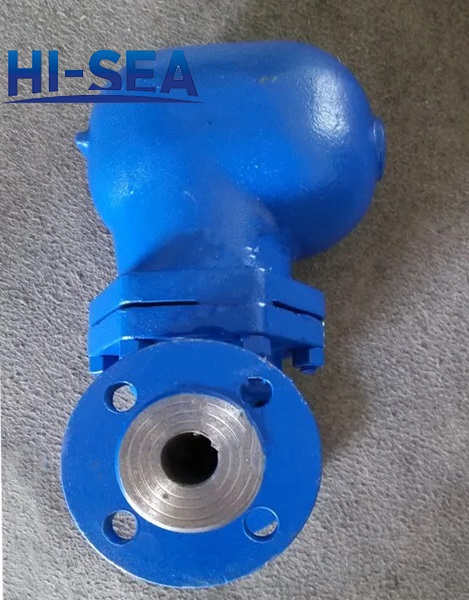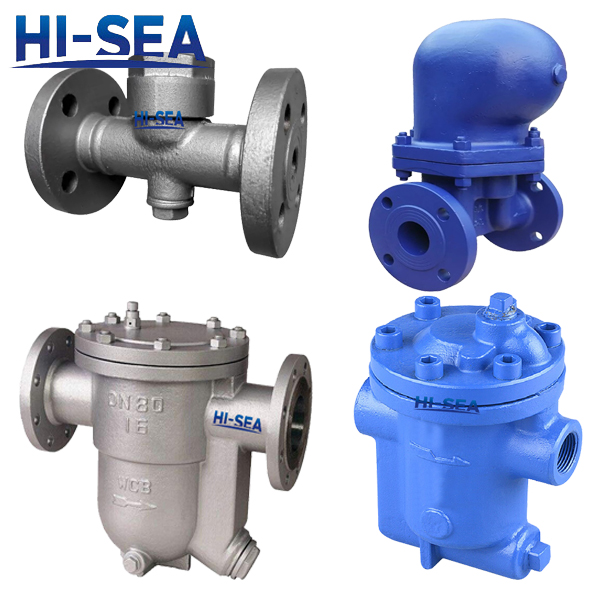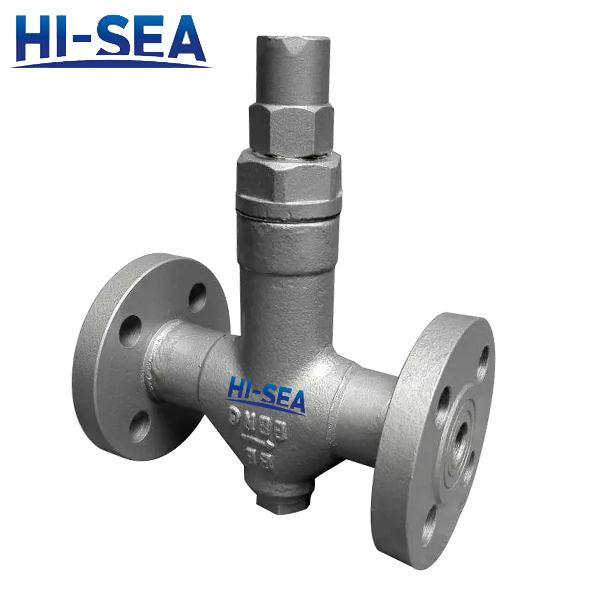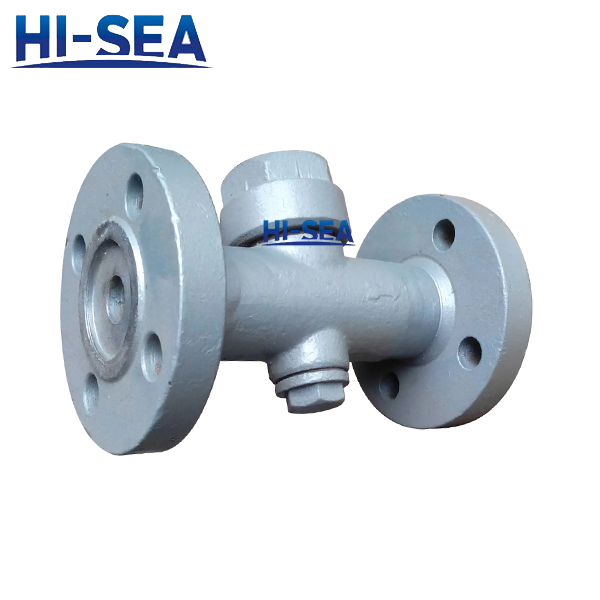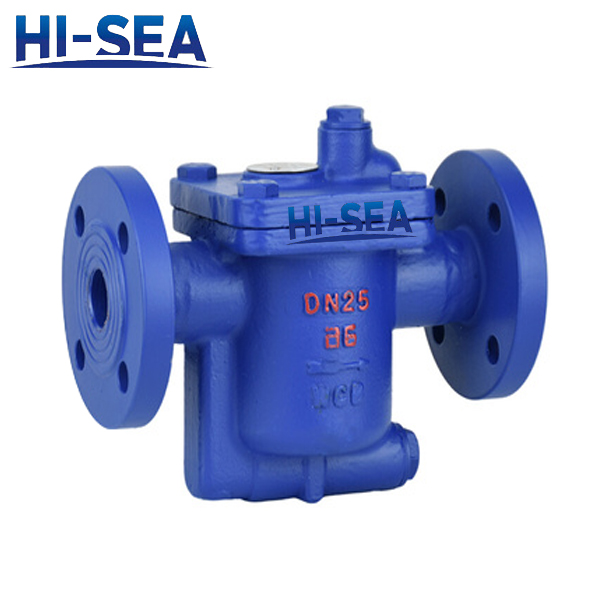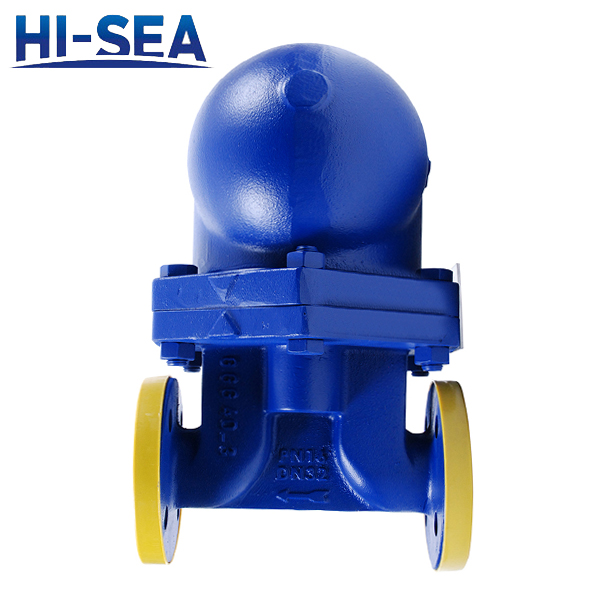
Float Type Steam Drain Valve
Introduction:
Float type steam drain valve works by sensing the density difference between steam and condensate. After condensate reaches the trap, the float floats up, and the valve core leaves the valve seat to drain condensate. It can be seen from the figure that the valve core and valve seat are always below the water surface, and steam and air cannot pass through. In the early days, a manual exhaust port was added at the top of the valve body. Now, a thermostatic exhaust valve is installed inside the steam trap, which can discharge the air during startup and condensate water at the same time.
Advantage:
Super large displacement steam trap can fully eliminate a large amount of suspected water without adjusting and replacing the internals within the entire working pressure range. The degree of supercooling of drainage water can reach 0 ℃, which is especially suitable for working occasions with large water volume
Disadvantages:
1. Although its firmness is no less than that of the inverted bucket trap, if exposed to the external environment, the float trap will be seriously damaged by freezing, and the trap should be well insulated and/or an auxiliary thermostatic trap should be used.
2. Like all mechanical steam traps, different internal parts have different working pressure ranges. The drain hole of steam trap working under high pressure difference is small to balance the buoyancy of the float.
Product Showing:
